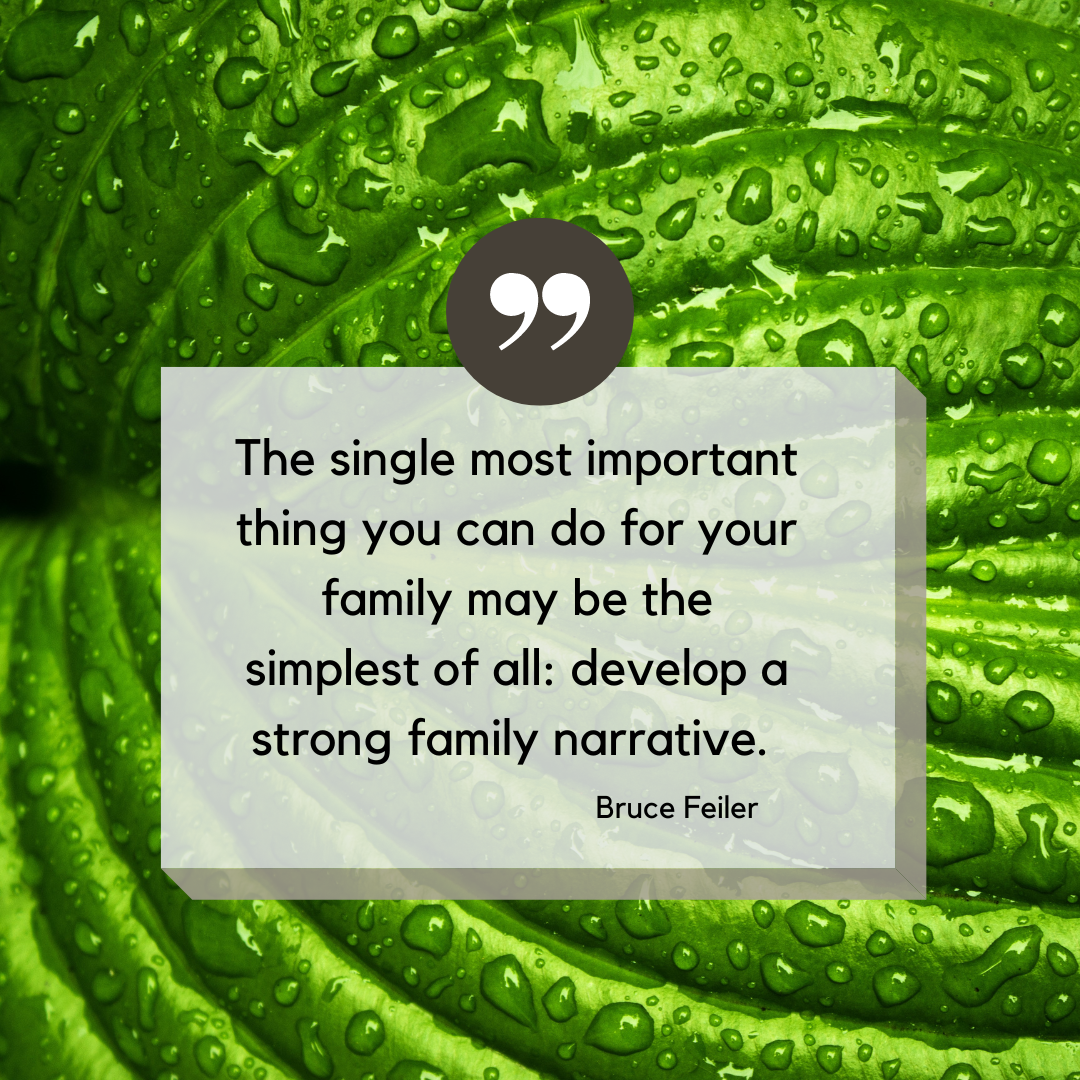8 Steps You'll Need to Write Your Life Stories Legacy Book
Pulling together stories for a life stories legacy book is a big project. It starts here.
Disclosure: There are some affiliate links below, and I may receive commissions for purchases made through the links in the post. However, these are products I highly recommend. I won’t list anything I haven’t tried and found personally useful.
You’ve decided to write and create a family legacy featuring your family stories. Congratulations! You’re embarking on a rewarding adventure that will leave a lasting legacy for you and your family to treasure.
You’re also beginning a project that will become a source of work for months and possibly years, depending on your willingness to persist.
We know a thing or two about creating legacy family books at Storied Gifts, so here are the eight essential steps you’ll take to embark on this invaluable work yourself.
Here is the flowsheet we share with clients so they understand the process we use. This graphic might be helpful as you follow along.
The Storied Gifts flow sheet of the process to creating a life stories legacy book.
The First Four Steps
1. Determine your audience
It might seem obvious but give some thought to your audience and write your book with them in mind. Don’t be disheartened if the interest you’d hoped for doesn’t flourish in your family. A lot of people have to see the project come together before they “get it” and show excitement.
We all become introspective and curious about our family history at different times. Know that your book will be treasured and opened by family now and in the future.
Understanding your audience and their interests can help you craft the content. What questions and considerations might they have about times and people in their family’s past? Describe the relevancies of struggle, success, and connection. We can all relate to those!
2. Research and interviews
Pull together all the resources you can find and let your family know you’re on the hunt for stories and photos. What stories did Grandpa and Grandma always tell? What stories seem to change depending on which aunt or uncle is telling them?
Dig out family photos and ask people to tell stories they know associated with the photos. Gather groups of a few people together to share memories and bounce stories off one other.
RECORD EVERYTHING as digital audio files that will be the source for your writing later. Here is an Ancestor Profile Sheet to gather pertinent details of more distant family members.
Keep your files and folders organized. A consistent labeling system for everything will be invaluable when you retrieve materials to structure your content.
Select a transcribing service to turn audio files into transcripts. These days, transcription services are often automated, so they are affordable with swift turnaround.
3. Writing
A logical framework for your book will likely arise as you gather information. Often, a linear progression makes sense when it comes to family history moving through time. Still, you may organize your content into themes such as holidays and pivotal events or focus chapters on particular family subsets.
No matter how you arrange your book, a timeline of key events for the people highlighted in the stories can be essential to include. It will help the readers place the events and details in perspective and understand the context of overarching events.
1. Editing
Once you’ve completed writing, you’ll assess your draft and make revisions. Rewriting and editing will seem like an ongoing (perhaps unending) process. It takes a long time, and there are always more changes you can make.
You’ll discover something you’ve left out as you pull together information. Or you’ll see something is out of place and move it or reconsider a story altogether. Give yourself grace and permission to rewrite, and know you’ll decide enough is enough at some point. Even best-seller novels have sneaky typos and incongruencies that readers only catch after the umpteenth read.
The single most important thing you can do for your family may be the simplest: develop a strong family narrative. Bruce Feiler
The next four steps, note a theme
5. Layout
Once you’ve completed your writing and have gathered the images of photos and documents you plan to include, it’s time to determine your design. Start by examining samples of other books you like to decide on the look you want for your book.
Determine the digital tools you’ll use to create your book layout and the printer you’ll use to print the finished piece, too. Several paid-on-demand printers offer design tools, but they can be restrictive in design and somewhat clunky.
Whatever design tool you use, determine in advance what size of book you’ll want, and be conscious of creating your book in a format that will work for that printer.
6. Editing
This will sound redundant, but as you make layout decisions, be prepared for more revisions. You’ll piece together the material and images and discover a need for a few changes along the way.
7. Print
You’ve reached the point where all your content is in place and it’s time to print a hard copy of your book. Hit the button to order that first copy, but only one or two because…
8. Editing
…once you print your book, you’ll spot the glaringly apparent errors you can’t believe you missed. Yes, there will be more editing, the detail-oriented kind that can drive some insane, but don’t let it get to you. Make the changes, print again, and edit once more to call it good.
Note: When you load the cover and interior of a book onto your printing service, order ONE (1) copy before ordering multiple copies from those same files. Believe me, we learned this lesson the hard way!
The Gift You’ve Made
Once you’ve completed the project, it is time to celebrate. Hold a special event with family and encourage their buy-in (literally) by purchasing copies. You have created an heirloom to help your family understand how they are connected and shaped by their shared history.
Postscript: When things seem out of control like it feels these days, acting where we have control is a comfort. Cleaning up your stuff is within your power! If you need help getting going on organizing your home check out Get Organized Gal’s courses for support.
I used her course to organize my office, and it is in pretty good shape these days. Success in one space has lead to cleaning channels to other rooms and photos as well. Check out he courses here.
Sherry and Alexandra Borzo together in Lima, Peru
Sherry is the founder of Storied Gifts a personal publishing service of family and company histories. She and her team help clients curate and craft their stories into books. When not writing or interviewing, Sherry spends loads of time with her grandchildren and lives in Des Moines, Iowa.
STORIED GIFTS SHOP
Need a beautiful infusion of inspiration for your storied life? Please check out the Storied Gifts Shop where the theme is Words of Encouragement.
The shop is a mother and daughter venture for Sherry and Alexandra Borzo of Content In Motion. They both work to help their client's stories sing. The shop is their effort to inspire a focus on healthy minds for everyone through positive thought.
LET’S BE FRIENDS
Please like the Storied Gifts Facebook page. We offer tips and inspirations to help you tell your stories and live a storied life by harnessing your healthy mind through the power of the thoughts you choose.














